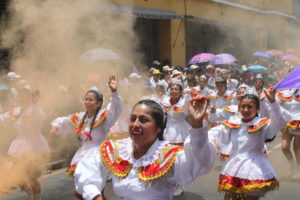Checta is one of the largest rock art sites in Peru, on a gentle hillside overlooking the valley of the river Chillon, a few hours from Lima. There is a small roadside sign, and you follow a steep rocky footpath up over a bank of stone before it levels along a ridge to where a field of boulders, large and small, occupies a terrace between the upper hillside and a dry ravine.
Dozens or hundreds of small boulders hold one or two designs, mostly abstract, crudely drawn on reddish brown rocks.There are however three great black rocks, a little apart. These have a multitude of cupules, round depressions in the rock, whilst the others are pecked to change the colour of the surface. This one variable, the manner of production. serves to distinguish between them. But they are different in so many more ways. The rock type used is different, hard, black and polished; the markings are deep and smoothed; the images are almost entirely circles and curving lines; the images face upwards towards the sky; the stones are massive; and the three stones are positioned some way from the rest of the group.
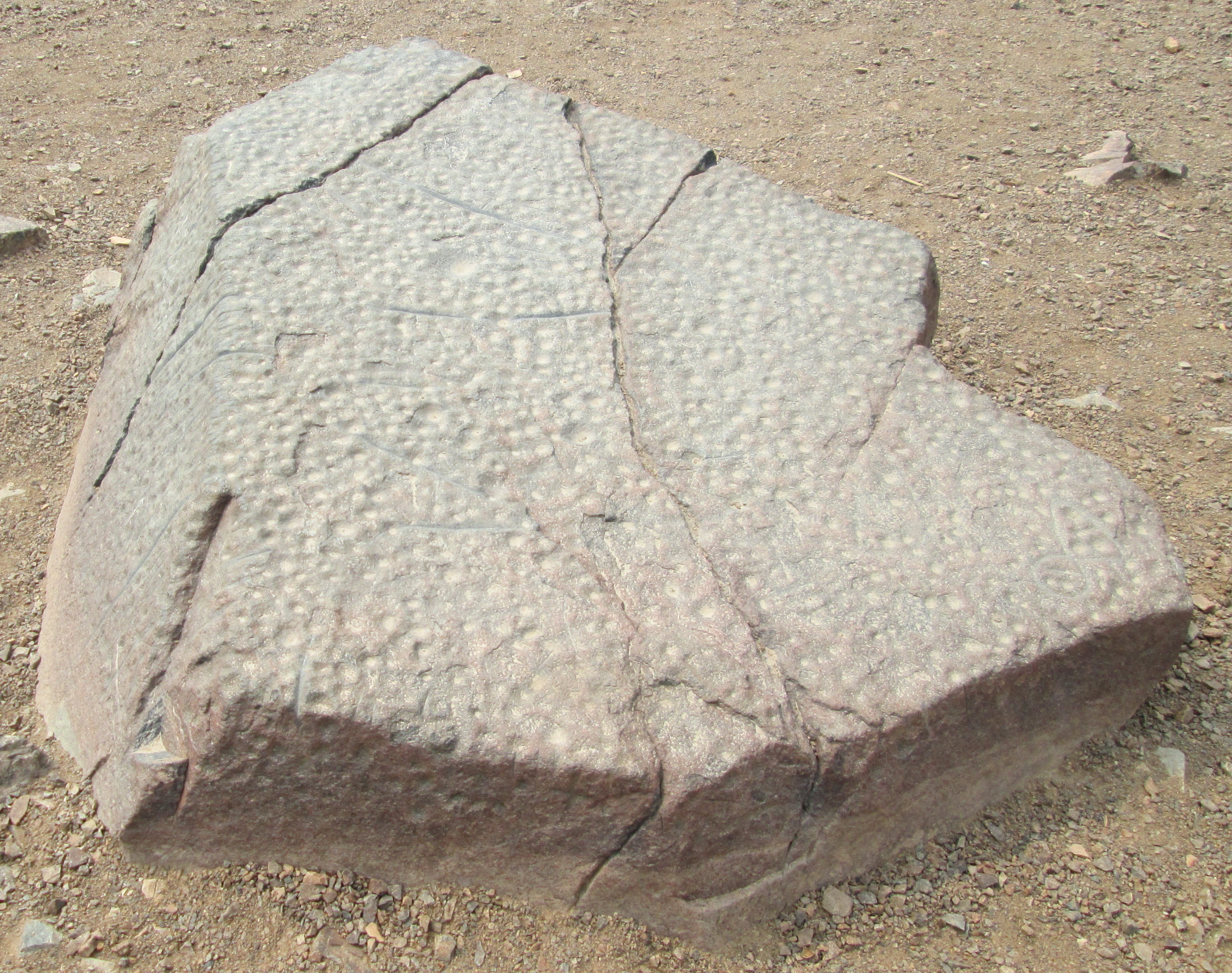
one of Checta´s three cupule rocks 2 metres long,
These three are outliers according to all these several variables, and very probably more. More simply, these three are powerful and timeless works of art, whereas much at Checta seems more akin to childrens’ crayonings.
Some valleys to the south, by the river Mala, are another series of petroglyphs. The most famous, at Calango, was recorded early when the Spanish authorities found a giant stone, laid flat, facing to the skies, covered in carvings. It is now surrounded by a wall with a padlocked cast iron door, built in 1990. The major keeps the key. What was public is now private. On the internal walls are an unfinished mural celebrating powerful individuals, six men, who had some hand in the recording and destruction of the stone. This is how history is written.
…read more…
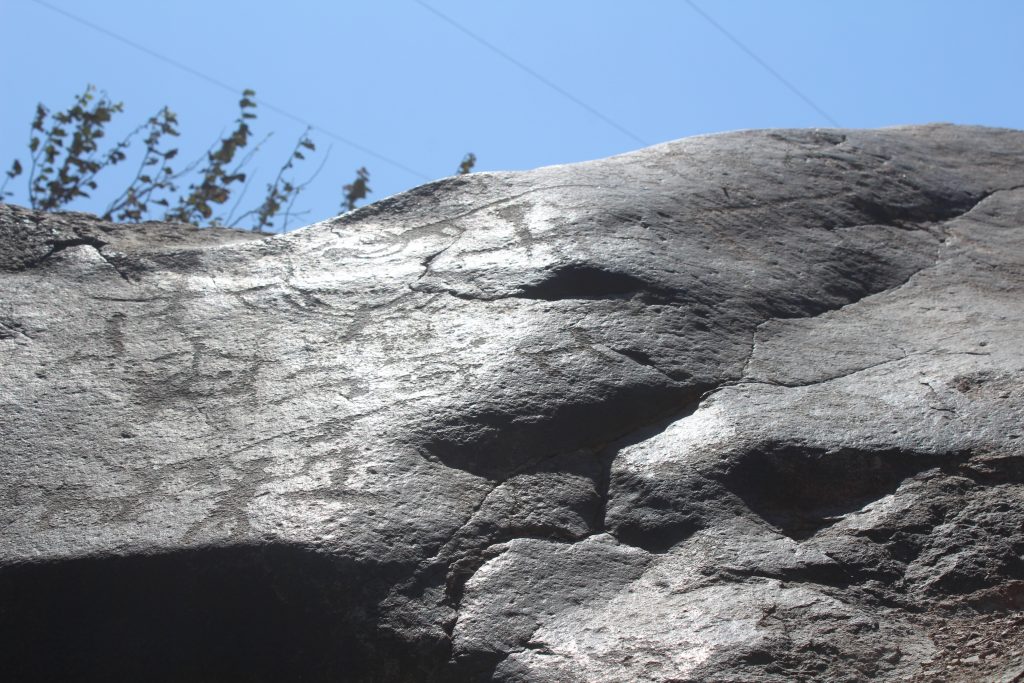


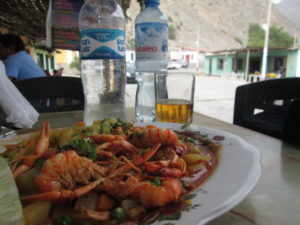
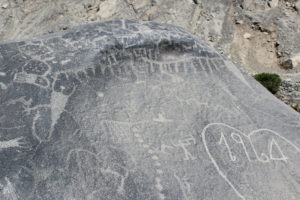 a roadside sign under a large pink prawn moulded in clay, while restaurant signs list their dishes (arroz con camarones, ceviche de camarones, camarones fritos, camarones salteados…) under a chalk drawn prawn.
a roadside sign under a large pink prawn moulded in clay, while restaurant signs list their dishes (arroz con camarones, ceviche de camarones, camarones fritos, camarones salteados…) under a chalk drawn prawn.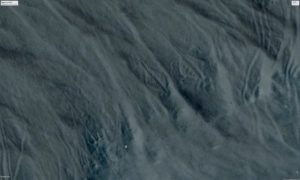 metres into the sky. The Atacama is said to be the driest desert in the world. Despite this extreme environment, there is evidence of people travelling through as early as 10,000 years ago.
metres into the sky. The Atacama is said to be the driest desert in the world. Despite this extreme environment, there is evidence of people travelling through as early as 10,000 years ago. ssed a hillside fortress town with multiple walls, marking the border between the broad irrigated coastal lands and the narrow river valley above. Further up the valley, there were intermittent signs of a historic road clinging to the hillside. And then the bus swings past Incahuasi, a large complex of adobe buildings with obviously Inca characteristics standing above the road.
ssed a hillside fortress town with multiple walls, marking the border between the broad irrigated coastal lands and the narrow river valley above. Further up the valley, there were intermittent signs of a historic road clinging to the hillside. And then the bus swings past Incahuasi, a large complex of adobe buildings with obviously Inca characteristics standing above the road. Archaeologist Corey Hoover had invited me to visit a dig at Cerro D`Oro, close to Cañete, sixty kilometres south of Mala.
Archaeologist Corey Hoover had invited me to visit a dig at Cerro D`Oro, close to Cañete, sixty kilometres south of Mala. 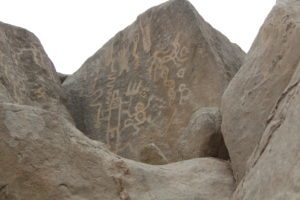
 means Jaguar) villages, cemeteries, and refuges have been found not only by the coast but through the upper valley territory too.
means Jaguar) villages, cemeteries, and refuges have been found not only by the coast but through the upper valley territory too.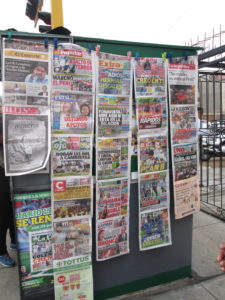 El Comercio is Peru’s biggest daily. The group owns 80% of Peru media. Its president is Jose Antonio Garcia Miro Miro Quesada, in a town where the names of your parents matter. Jose Antonio has a father from the Garcia Miro family, and a mother from the Miro Quesada’s.
El Comercio is Peru’s biggest daily. The group owns 80% of Peru media. Its president is Jose Antonio Garcia Miro Miro Quesada, in a town where the names of your parents matter. Jose Antonio has a father from the Garcia Miro family, and a mother from the Miro Quesada’s.